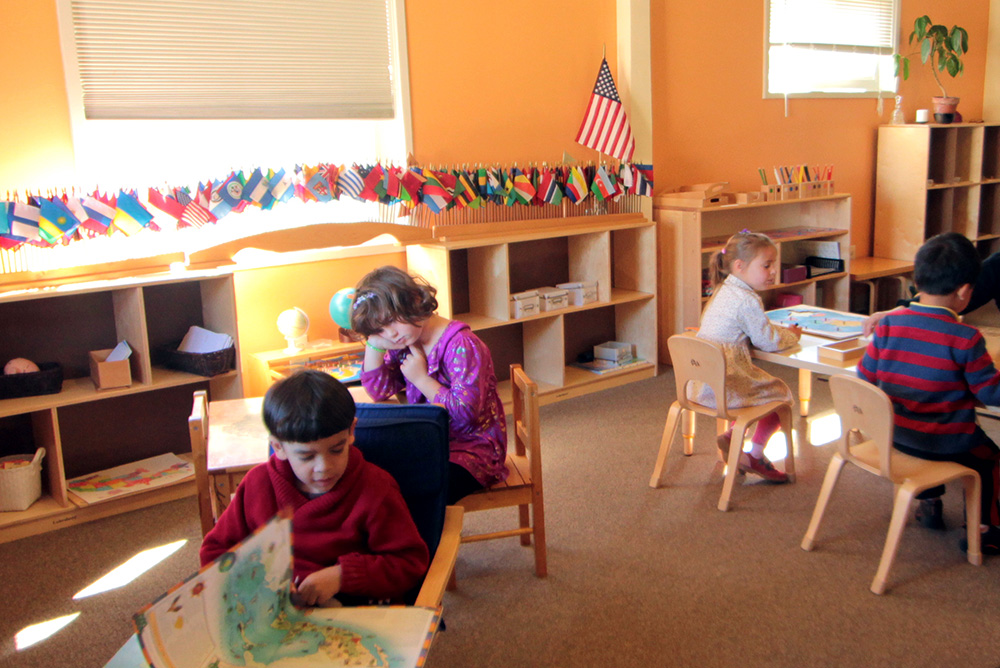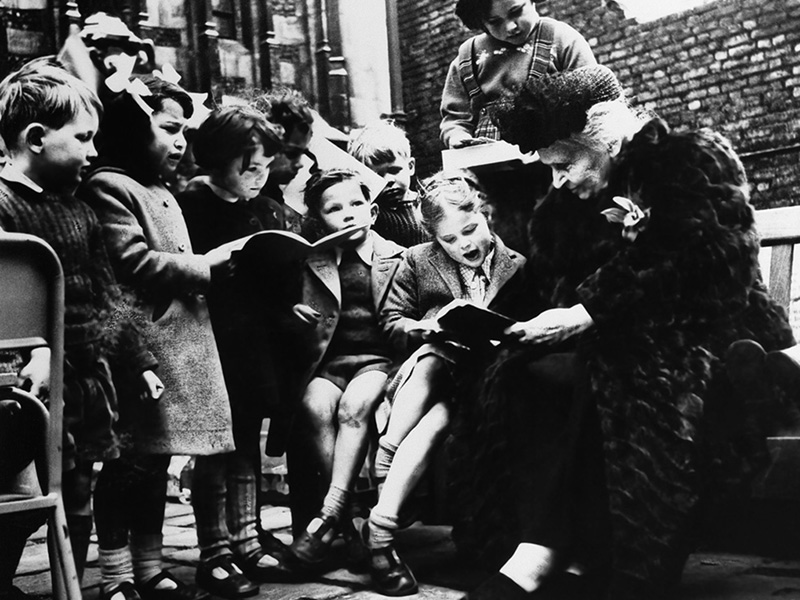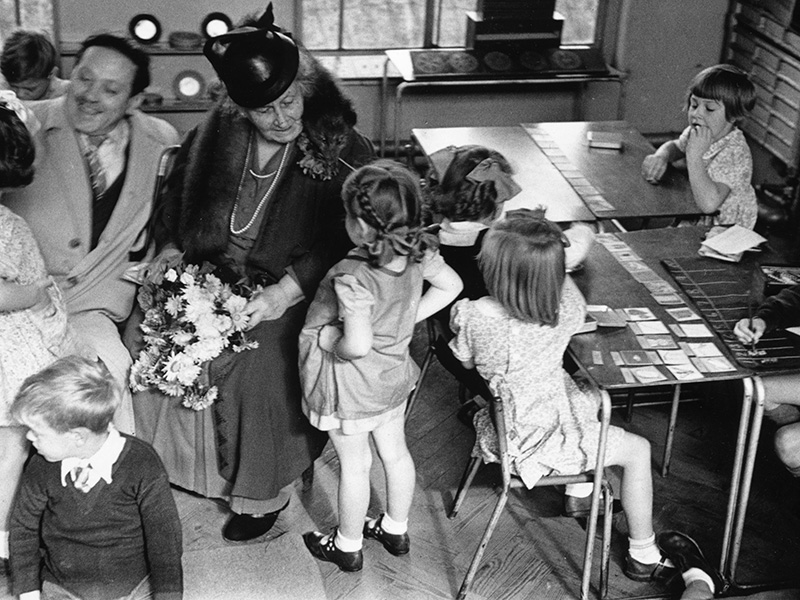Who started it?
Maria Montessori, born in Chiaravalle in the Province of Ancona in 1870,was the first woman to practise medicine in Italy, having graduated from the Faculty of Medicine at the University of Rome in 1896. As a physician, Dr. Montessori was in touch with young children and became profoundly interested in their development. Through careful and exhaustive scrutiny, she realised that children construct their own personalities as they interact with their environment. She also observed the manner in which they learned as they spontaneously chose and worked with the auto didactic materials she provided.
Her approach to education stemmed from a solid grounding in biology, psychiatry and anthropology . She studied children of all races and cultures in many countries around the world, soon seeing the universality of the laws of human development played out before her. She continued her observations throughout her life, widening and deepening her understanding until her death in 1952.
Montessori vs. Traditional
The goal of both Montessori and Traditional Education is the same:
To provide learning experiences for the child. The differences lie in the kind of learning experiences provided and the methods used to accomplish this goal.

Montessori Classroom
Emphasis on: cognitive and social development
Teacher: has unobtrusive role in classroom
Discipline: environment and method encourage self-discipline and encouraging the “whole child”.
Method: mainly individual instruction, mixed age grouping, grouping encourages children to teach and help each other.
Child’s freedom : chooses work, discovers own ideas from self teaching tasks, works as long as they wish on a chosen project, sets own learning pace, spots own errors from Montessori material, reinforces own learning by repetition of work and internal feelings of success, encouraging child to learn respect of self, environment and their friends around them.
The classroom: multi-sensory materials for physical exploration, child size furniture so a child can have easy access to tasks without asking, child can work where they choose, move around at will without disrupting work of others.

Traditional Classroom
Emphasis on: social development
Teacher: is center of classroom
Discipline: teacher acts as primary enforcer of discipline
Method: group and individual instruction, same age grouping, most teaching done by teacher, curriculum structured for child through age
Child’s freedom: guided to ideas by teacher, generally allotted specific time for work, if work is corrected, errors usually pointed out by teacher, learning is reinforced externally by repetition and rewards
The classroom: set up with task stations, fewer material for sensory development, material brought out when being used, encourages a child to participate in groups. Classrooms students to teacher ratio is rising, which challenges each child to focus on the teachers ideas in order to learn.









